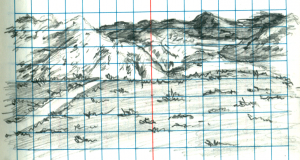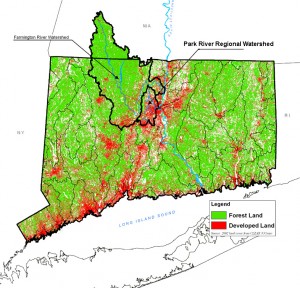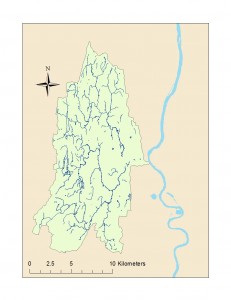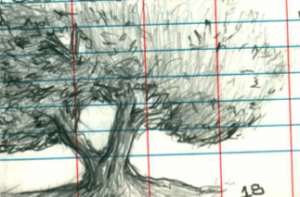
After meeting and working with Mary Pelletier this week, I learned how to prioritize some data visualization with the Park River Watershed Organization’s goals. This is where our current thinking is at, in terms of potential examples:
It would be good to learn WordPress and Zeemaps together. Not only will I use WordPress for Data Viz blogging, but The Park River Watershed website also uses this same forum. Although others have set up the ‘framework’ for the website, and the Zee map (Dr. Jon Gourley), Mary Pelletier has added and changed the content. We are especially interested in:
Learning how to set filters that can be turned on/off the zee map so that there can be different types of point data on the map, such as
- Schools
- Community maps (“Blue-Green” map walks)
- Water quality (data can be obtained from Dr. Jon Gourley)
Learning how to add links into the Park Watershed home page, especially RSS feeds from
- US EPA Urban Waters
- Forest Service Urban Wildlife Refuges
- American Rivers
Here are a few topics, which could benefit from data visualization:
- location of all the schools in the watershed (all municipalities) that can be searched by school type, (Elementary, MS or HS and public or private) [very similar to what we did in BatchGeo with the schools in Hartford information provided by Jack Dougherty]
- these locations searchable by relationship to a watercourse, water body or wetland (At the moment, the data file for all the schools in the whole watershed has not been found yet, but we can begin to work with the data on schools provided by Jack, to figure out map location, and filter types)
- trace contamination of water through West Hartford from MDC drinking water reservoirs (western headwaters that are filled with potable water) through to severe impairment, which flows into Hartford City limits via the North and South Branches of the Park River. This idea is highly likely and probable to carry out since it will be a nice project to work on throughout the semester and view water quality changes within the watershed and through data visualization. It also relates a lot to my interest of Environmental Science and Human Rights.

***Note: Mary spoke to Jon Gourley about this briefly. We think that the water quality data will be a bit of a mish-mash, yet it would be good to “visualize” that there is no consistent data set that can help us pin-point where impairments begin, and locations where water quality is able to recover (due to sufficient landscape buffers).
Connections with “Tree House” could develop a walking tour of drainage (and “green”) features on Trinity’s Campus, downstream to the South Branch of the Park River. These points with links could be loaded onto the existing Zee map. This might be a good short exercise that could be presented around to the TREEHouse club in ~April.
Possible New Idea? – Develop a system to track new membership with respect to their sub-watershed. It might be too revealing to show an exact address, yet perhaps there is a way to visualize the number of members per watershed. To do this, there will be a need to develop a way for “members” or constituents to join and become participants.

There were many, MANY, ideas that we both came up with between our meetings and the emails we sent to each other. But a myriad of the ones listed above are ideas that interest me and are an importance to my organization director. Mary also gave me a couple links to view for possible website/map ideas.
Connecticut Fund For the Environment
Farmington River Water Association
Connecticut River Watershed Council
We discussed which map types would be the most useful for the projects we’d like to work on. These interactive data would most likely be satellite images of the watershed in order for the public to understand its locality between other river systems and especially the city of Hartford.
